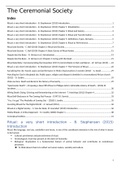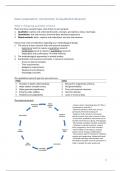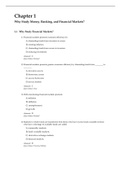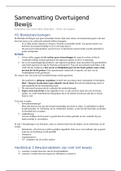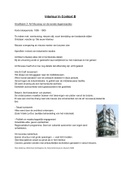Resume
Summary all articles The Ceremonial Society - Tilburg University
- Cours
- Établissement
- Book
This document is a summary of all the articles to read for the course The Ceremonial Society, including the book Ritual: a very short introduction (B. Stephenson) from the introduction to chapter 7.
[Montrer plus]
